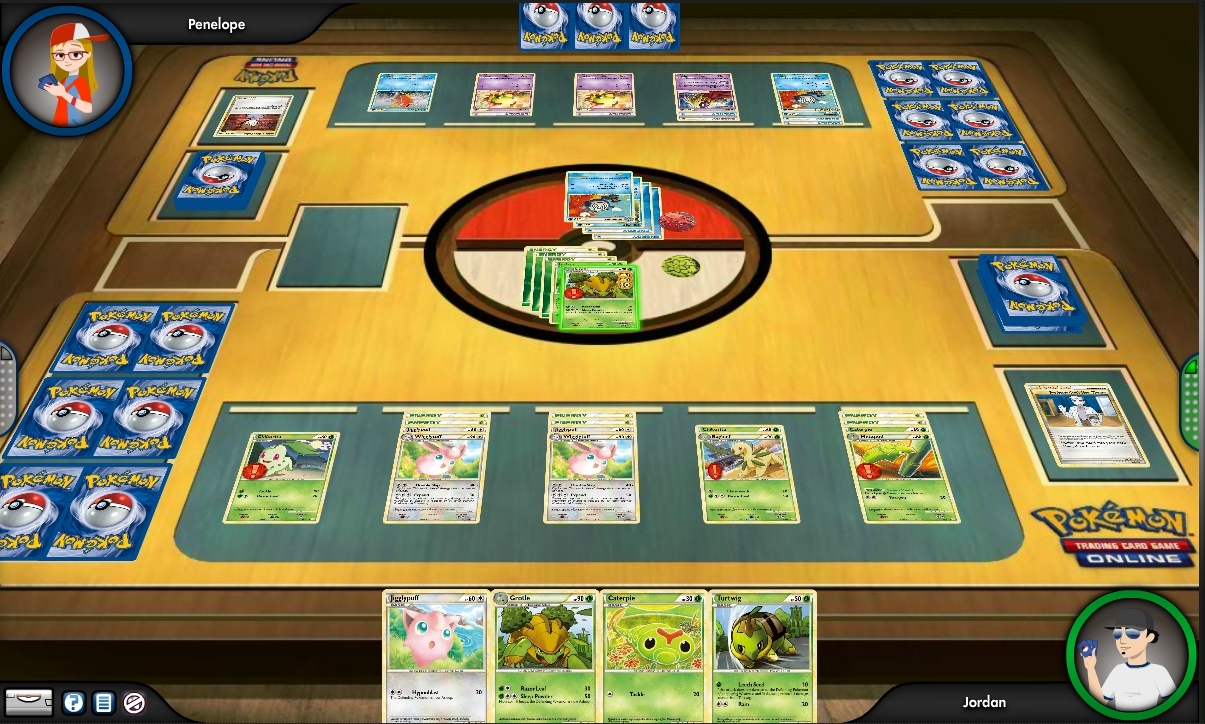Nintendo (NTDOY 2.65%) just unveiled a slate of exclusive games for the Wii U at E3 2014. The company discussed new first-party flagship titles including Super Smash Bros. for Wii U, Yoshi's Woolly World, Captain Toad: Treasure Tracker, Kirby and the Rainbow Curse, Mario Maker, and a new open-world Legend of Zelda title.
Shigeru Miyamoto, the creator of many of those flagship series, also demonstrated new uses for the Wii U GamePad in three unique projects. Last but not least, Nintendo unveiled its Amiibo interactive toys, which are similar to Activision Blizzard's (ATVI +0.00%) Skylanders and Disney's (DIS +0.19%) Infinity action figures.
These announcements certainly indicate that Nintendo has some ambitious plans for the coming year, but will they be enough to get the company, which has now reported three years of consecutive operating losses, back on track? Let's take a look at the three critical questions that Nintendo needs to answer by 2015.
Will new exclusive titles lead to higher hardware sales?
Strong sales of Mario Kart 8 show that gamers still love Nintendo's core franchises. The go-kart racer, currently the second best-selling video game in the world, has already sold 1.12 million copies in its first week on the market. It's unclear how many of those copies were bundled with the Wii U, but it could definitely help the console, which has sold 6.3 million units worldwide, catch up to Sony's (SNE 2.64%) sales of 8.1 million PS4s.
Super Smash Bros. for Wii U, which is scheduled to arrive this winter, will be the next major Wii U title to watch. The three previous games in the casual fighting series have sold a total of 25 million units.
Yoshi's Woolly World, which stars a Yoshi made of yarn, is an innovative new title that resembles a mashup of Super Mario World 2: Yoshi's Island and LittleBigPlanet woven together with yarn. The game could be a surprise hit, since gamers haven't seen a solo Yoshi title on home consoles since Yoshi's Story for the N64 in 1997. The same can be said about Kirby and the Rainbow Curse, which will be Kirby's first new home console title since Kirby's Epic Yarn for the Wii in 2010. Both games are scheduled to launch in 2015.
Two other potential hits -- Miyamoto's Star Fox and the next Legend of Zelda -- are also scheduled to arrive in 2015. To tide gamers over until then, Wii U owners will get Hyrule Warriors, a crossover title between Tecmo Koei's Dynasty Warriors and The Legend of Zelda, in August, and Bayonetta 2 (which includes the original Bayonetta) in October.
If Nintendo continues bundling these big titles with Wii U hardware, we could see a surprising jump in Wii U console sales in the second half of the year.
Will Miyamoto's new strategy for the Wii U controller pay off?
At E3, Miyamoto directly addressed one of the most common criticisms of the Wii U -- the GamePad -- with three unique projects: Project Robot, Project Guard, and Star Fox.
Project Robot demonstrates the GamePad's thumbsticks and motion controls being used to control a gigantic robot stomping through a city. The second screen displays a first-person view, while the TV displays a third-person one. This highlights an interesting idea -- should third-person games, like Ubisoft's Assassin's Creed and Watch Dogs, also be modified to include a first-person view on the second screen? Meanwhile, Project Guard offers a unique twist on the traditional tower defense game. The player switches quickly between cameras to shoot down a variety of robot intruders before they breach the base.

Star Fox. Source: Nintendo.
Most importantly, Miyamoto demonstrated an early version of Star Fox, which uses the GamePad's motion controls to fire the Arwing's weapons and the thumbsticks to maneuver the ship. The game also features a two-player co-op mode, in which one player pilots a helicopter and the other controls a tethered robot that attacks enemies and grabs power-ups.
These three projects definitely demonstrate the untapped potential of the Wii U controller, but the critical question now is whether developers will follow Miyamoto's ambitious examples.
Will Amiibo be the new Skylanders?
In a previous article, I suggested that Nintendo should follow in Disney's footsteps and sell more toys to generate more revenue. With its new Amiibo interactive figurines, it seems to have found a comfortable balance between selling toys and sticking with video games.

Source: Nintendo.
Amiibo figures work in the same way as Activision's Skylanders and Disney's Infinity figurines -- players press a real-life action figure against the Wii U GamePad to conjure up a digital counterpart within the game. The data for unlocking the character is stored in the action figure itself, which allows players to collect and trade the toys for their own personal Nintendo army.
Nintendo has stated that Mario Kart 8, Super Smash Bros. for Wii U, and Mario Party 10 will include Amiibo support, and that it will also release an Amiibo-connecting peripheral for the 3DS next year.
Yet Amiibo could actually become more popular than Skylanders, which grew into a $2 billion franchise in just over two years. The reason is simple -- Skylanders characters are based on the lesser-known Spyro the Dragon series, while Amiibo prominently features universally recognized Nintendo characters like Mario, Link, and Samus.
The Foolish takeaway
In conclusion, Nintendo offered up a lot of exciting projects that show the company is still firmly dedicated to the Wii U. Mario Kart 8 and Super Smash Bros. could bring in new gamers, which could be converted into a dedicated customer base for its collectible Amiibo figures. Meanwhile, Miyamoto's admirable dedication to the GamePad shows that there's still a lot of untapped potential in the Wii U's oft-maligned second screen.
If that plan holds together, strong exclusive titles like Star Fox and The Legend of Zelda in 2015 could finally turn the Wii U from an industry laggard into a late bloomer.








